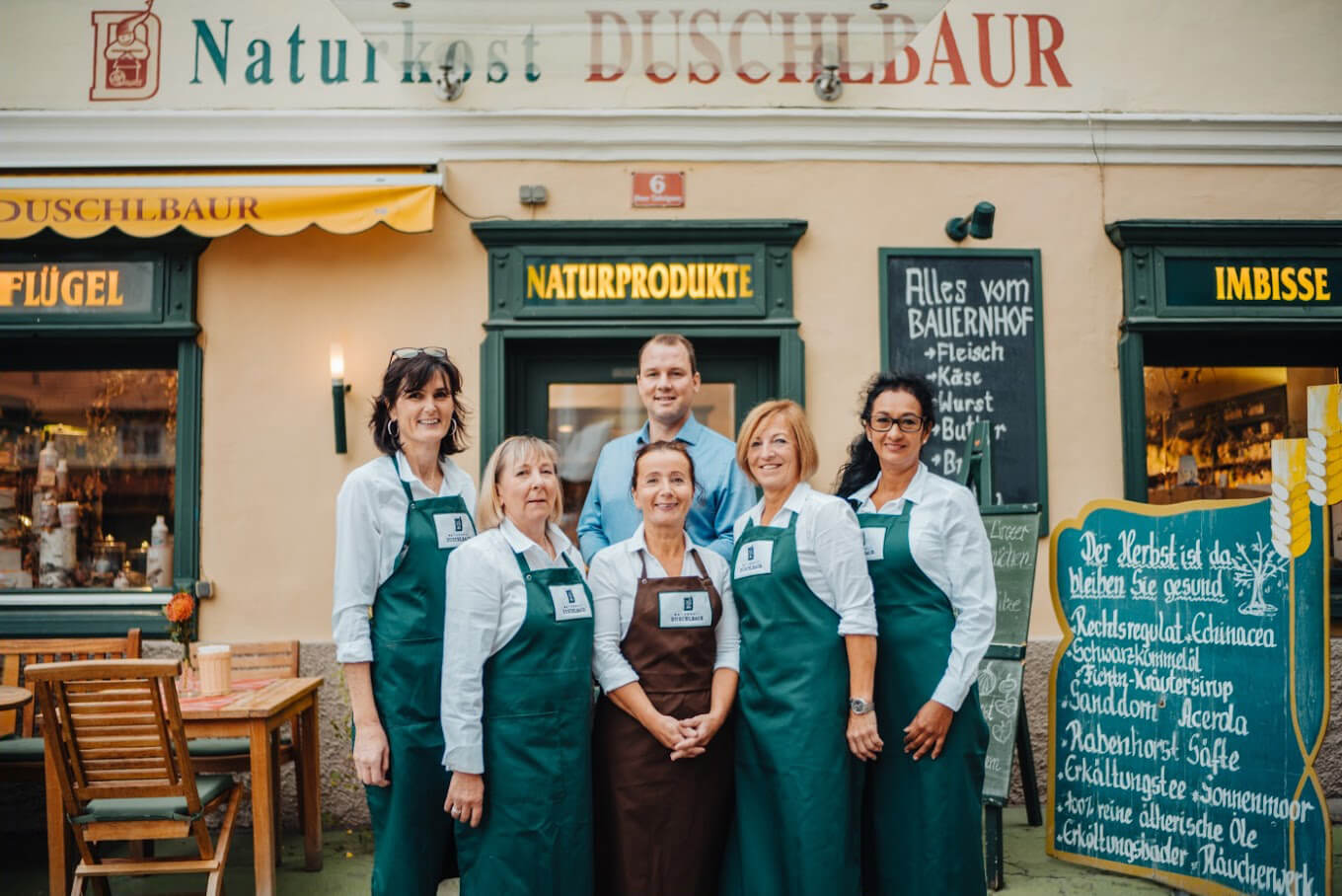The natural ingredients of theThyme tincture dropsare:Water, alcohol, thyme.
To produce these very valuable drops we use the herb with the flower.
Today, it is cultivated throughout Europe and holds a firm place in the heart of every garden lover. Its aromatic scent attracts bees and brings a Mediterranean flair to every patch of greenery.
Thyme is used for seasoning and garnishing in many dishes. Its flavor is unique: slightly peppery and spicy, yet slightly sweet. Besides Thyme vulgaris, over 200 species have evolved worldwide. The species differ in growth habit, leaf and flower color, and aroma. The varieties have different concentrations of essential oils, known as chemotypes. Depending on location and climatic conditions, a thyme growing in hilly regions contains more of the essential oil thymol. The variety that thrives in lowland areas contains less.
The origin of the name "thymus" is a journey through history. Already in ancient Egyptian, "Tham" is mentioned, an intensely fragrant plant used for embalming. In Greek, there are two root words: "thymos" – standing for courage and strength – and "thymiama" – meaning incense. Because of its very intense aroma, thyme was offered as a burnt offering. Among the ancient Romans, it was used in many different ways as "thymus." The spread of the thyme plant in Central Europe began in the 11th century. From monastery gardens, thyme found its way into farmers' gardens and thus into folk medicine.
Thyme plant:
Thyme belongs to the mint family (lamiaceae) and is related to peppermine, sage and rosemary.
As a small, perennial subshrub, it grows up to 50 cm tall. Its height depends on whether it is a creeping or upright species. Its stems become woody over the course of a year. The small, silvery-green leaves have a downwardly curled margin and small, round oil glands. The oil glands contain the flavor-bearing oils. The leaves exude a strong, aromatic fragrance.
The small, pale pink to light purple, funnel-shaped flowers delight us from June to October. The thyme flower consists of five petals and four stamens. These grow in spheres or spikes on the stems. After flowering, spherical, dark brown nut fruits form.







